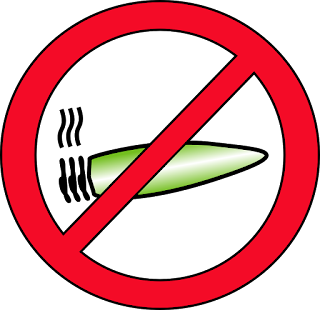Dopping
Doping
“Doping” refers to the use of banned substances in competitive sports.
Doping is not
new to people . In a greece, time there where speacialists who used to
offer athletes nutritional ingredients in order to enhance their physical
performance.
Doping is not new to people : In a greece, time there where speacialists who used to
offer athletes nutritional ingredients in order to enhance their physical
performance.
Performance enhancing drugs (PEDs) is that type of drug category which give a lot of stamina to athletic and in and reason they give a out of level
Some drugs are banned both in and out of competition due to their performance enhancing properties, while others are only banned during competition. Another reason for banning a drug is due to their ability to mask the presence of a different banned drug during testing.
[‘’Users are losers, and losers are users;]
l Each organization has a different list of banned substances :
In general, the following classes of drugs are banned:
Street drugs, stimulants, anabolic steroids, peptide hormones (i.e. human
growth hormone [hGH]), alcohol and beta blockers (for archery and rifle
shooting only), diuretics, beta-2 agonists, anti-estrogens, blood doping, and
gene manipulation.
Street drugs, stimulants, anabolic steroids, peptide hormones (i.e. human
growth hormone [hGH]), alcohol and beta blockers (for archery and rifle
shooting only), diuretics, beta-2 agonists, anti-estrogens, blood doping, and
gene manipulation.For athletes who need a banned drug for legitimate medical reasons, the anti-doping programs offer a way to request a therapeutic use of exemption (TUE) so the athlete can use the drug. The athlete must have a physician complete a TUE form that states the athlete needs the drug to treat their medical condition and that an alternative non-banned drug is not available or insufficiently treats their condition.
The Tue is reviewed
by a medical committee, which either allows the athlete to take the drug or
denies the athlete’s request.
It is important to note that even some over-the-counter (OTC) medications and supplements are either banned or contain banned additives or contaminants. For example, the National Collegiate Athletic Association (NCAA) bans excessive caffeine use, defined as a urine caffeine level above 15μg/ ml. WADA has banned pseudoephedrine (i.e. Sudafed) if the urine concentration is above 150 mcg/ml, although this drug is allowed by the NCAA.
There are many other examples of commonly used drugs that may be
permitted by one group and disallowed by another. In any case, the athlete
should work closely with the supervising medical team to determine which drugs
are safe and permitted for use.
ATHLETES’ RESPONSIBILITIES
There are various responsibilities of athletes with regard to the anti-doping policies and rules of WADA . there should not be any violation of the code .
The responsibilities of athletes are stated below, which are to:
1. Be knowledge of and comply with all applicable anti-doping policies and rules adopted pursuant to the code.
2. Be available for the sample collection at all time . indeed WADA is aware that some athletes use light doses of erythropoietin {epo} in the evening after normal testing hours so that it will be undetectable when normal testing resume in the morning . it is also the responsibility of responsibility of atheletes to remain within the sight of sample collection personnel throught the doping control process.
~WADA~[ World Anti-Doping Agency]
It established on November 10, 1999, in Lausanne to promote and coordinate the fight against doping in sport internationally.
WADA was
set up as a foundation under the initiative of the IOC with the support and
participation of intergovernmental organizations, governments, public
authorities, and other public and private bodies fighting doping in sport.
why
we do doping in semiconductors
In semiconductor production, doping is the intentional introduction of impurities into an intrinsic semiconductor for the purpose of modulating its electrical, optical and structural properties. The doped material is referred to as an extrinsic semiconductor.
"Of course they were saying: No doping! But as a rider, it's difficult to believe that things can really change from one day to the next."
DOPING’S CONTROL’S
doping controls—or athlete testing—are carried out in accordance with the Code and the International Standard for Testing (IST).
Athletes who compete at the international and national level may be tested anytime, anywhere. Specially trained and accredited doping control personnel carry out all tests.
💭THE 10 STEP’S TO CONTROL THE DOPING
1. Athlete Selection
2.Notification
3. Reporting to the Doping Control Station
4. Selection of a Collection Vessel
5. Volume of Urine
6. Provision of Sample
7. Selection of a Sample Collection Kit
8. Splitting the Sample
9. Sealing the Samples
10. Measuring Specific Gravity
‘’Don’t be a clown! Drugs will keep you down!,,






Comments